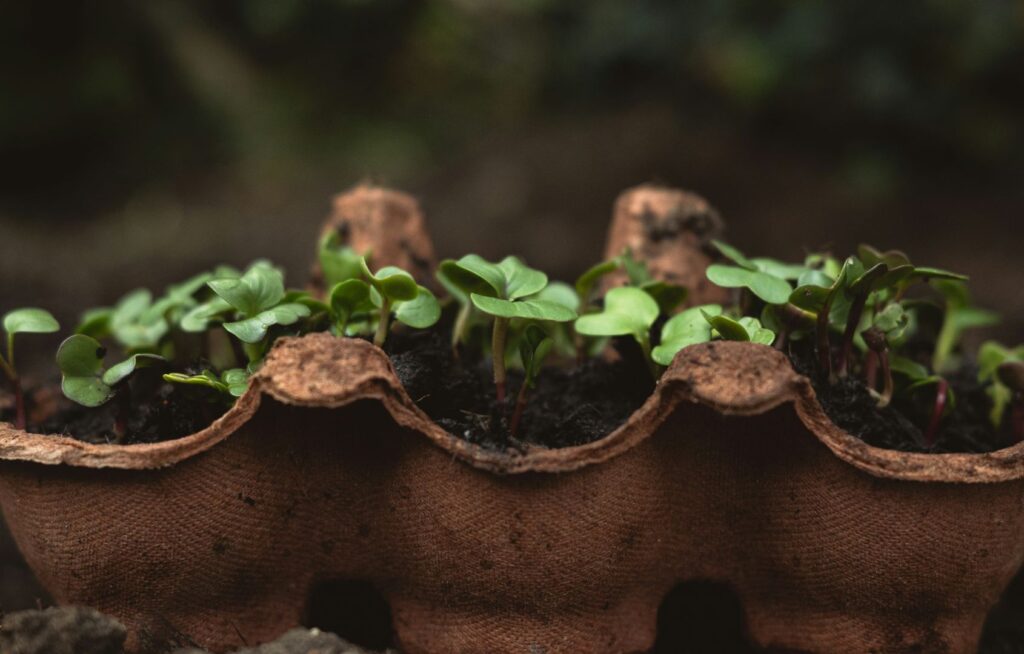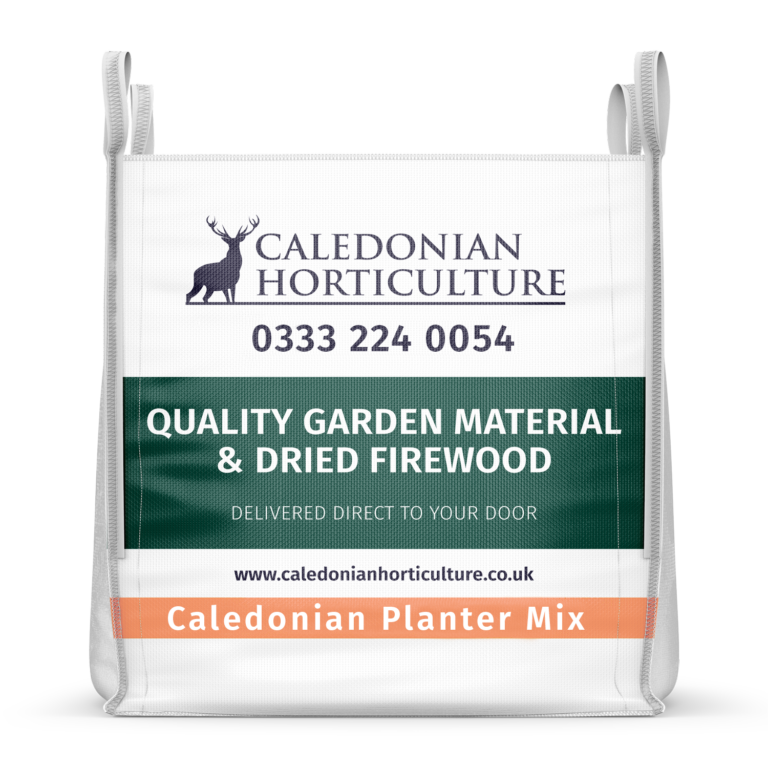Guest post by : Holly Dodd
As a green thumbed gardener, you may already feel like you are making a positive impact on the environment – and you most likely are! However, there could still be some hidden harmful elements or opportunities for improvements to your sustainable garden.
Let’s explore some effective ways to make your garden even greener.
Using natural insect deterrents
Pesticides have always been an important part of garden maintenance, but chemical pesticides can be harmful to the environment and also humans. This is why making the switch to using plants instead, would be beneficial.
Plants
Due to their strong odour, easy-to-grow Marigolds have great natural insecticidal properties from pests like green flies and black flies. Slugs will be attracted to marigolds so can be used as a ‘trap’, as a border or just planted around your garden to distract them away from plants, fruit, or veg.
Another example of a fragrant plant with natural repellent properties is lavender, it’s a slightly harder to grow plant but with the right techniques, this plant can make an excellent addition to your garden. It’s also great for bees!

Composting Techniques
You’re probably already aware that compost is an essential part of gardening. It helps soil keep the moisture and nutrients in promoting plant growth and health. But are you using peat-free compost?
Peatlands
Peatlands are a type of wetland, they are waterlogged and store a large amount of carbon, often found in the uplands. Peatlands are critical for helping reduce flood risks and mitigating the effects of climate change. As peat is extracted from raised bogs It removes the top living layer, which then exposes a large amount of peat to oxidation and leads to carbon loss. The main use of peat is in gardening due to its ability to keep water and nutrients in, however it isn’t sustainable as it isn’t able to replenish as fast as it is being harvested.
Peat-free compost
Swapping to peat-free compost is a much more ecologically friendly alternative. Here at Caledonian Horticulture, we provide peat-free compost options made from renewable resources such as seaweed and woody materials that help preserve our vital peatlands.
Using Recycled Materials
There are many reasons to use recycled furniture and materials. One of the most important reasons is that these items avoid going to landfills. This can be a creative way to breathe life into older items by adding a touch of creativity. It’ll also save you some money.
A popular option for recycled materials is composite decking. This is great for adding layers and making your garden look bigger, sustainably. Composite decking is made of recycled materials and if properly researched, is FSC (Forest Stewardship Council) approved meaning the wood fibres are sustainably sourced. Because they are made up of recycled plastics and wood it lasts longer. Composite decking is a modern solution to sustainability.
Making use of old furniture will prevent good materials going to landfill. Even if some furniture seems past its best days, it can usually be restored. Wooden materials, as long as they haven’t rotten, can be sanded down and painted. Restoration projects like this can be a rewarding task.

Water Collecting Methods
Instead of using tap water that has been treated in reservoirs, collect rainwater, Rainwater is a lot easier to collect than you might think. Using a water butt beneath your garage or house drain pipe can fill it in no time. Using rainwater is free to yourself and the water companies. As you’re not drinking the water, there is no need to worry about the cleanliness of it. A bonus of large waterbutts is you’ll rarely ever run out once there have been a few down pours. If you live in the UK we all know that won’t take very long.
Recycling your dish water is another way to be more sustainable. After you’re done washing your pots and pans, don’t just throw out the water. Instead, pour it into a watering can and give your plants something to drink. This is common practice in the summer when a hosepipe ban is in place.
Note: Only use your dishwasher if there are no harmful chemicals in it. Otherwise, you may damage your plants or wildlife.
Growing your own Food
Growing your own food isn’t as difficult as people may think. You also don’t need as much space as you may think, either. To get started, you may only need a window sill, or a very small balcony. Growing herbs like parsley, basil, mint and rosemary are a great way to get started. These easy-to-grow plants only need a bit of light and watering every now and then. You’ll quickly realise that buying plastic packets of herbs from the shop doesn’t make sense.
If you have a bit more space in your garden you can up your game. Planting vegetables like carrots, potatoes, cucumbers, and tomatoes (we know it’s a fruit) can produce larger than expected yields. If you’re not sure how to get started planting these types of veg, talk to people at your local allotments. They will always be happy to help and may even have some seeds to give you to get you started. Growing your own food can completely rid the need for plastic packets of veg from the supermarket.
Hedges for Fences instead of Natural Boundaries
Whilst this may not apply to everyone, using hedges instead of fencing is more sustainable than people think. First of all this reduces the need from unsustainably supplied timber for fences. Hedges also provide lots of habitats for wildlife like birds and hedgehogs. Hedges are a safe haven for prey animals.
Hedges also give a surprising amount of structure to the surrounding ground as their roots burrow far underground. They’ll soak up lots of water too, preventing flooding in some cases.
Of course, this doesn’t apply to everyone as fully grown hedges can be expensive. Planting from off cuts can also be an investment as it’ll take a good few years to get to a matured shrub.
Planting to attract Wildlife
A lot of people don’t realise, but just planting grass seed isn’t great for the environment. It takes a lot of water to grow and doesn’t supply a lot of oxygen. It’s also very difficult for pollinators like honey bees to get their pollen.
Scattering wild flowers can be one way to attract these friendly fliers. Bees love wildflowers, they will find them in meadows all over the country. If you’d prefer your garden neat and tidy, you can plant foxgloves and honey suckle. These tubular plants provide the safe haven these insects need to harvest the pollen. All whilst looking beautiful and providing pops of colours all over your garden. Here are a few more pollinator friendly plants:
- Bee Balm – (Monarda spp.)
- Blazing Star – (Liatris spp.)
- Catmint – (Nepeta spp.)
- Cone Flower – (Echinacea spp.)
- False Indigo – (Baptisia spp.)
Bees are among the most crucial species we as humans need to ensure survival. Without bees and pollinators, life like we know it would cease to continue.
By taking small steps to live a more sustainable life, you are improving wildlife habitats and decreasing landfill. Remember, small steps are better than nothing.

-
 Builder’s Bag Planter Mix£79.00 inc VATRated 4.93 out of 5 based on 43 customer ratings
Builder’s Bag Planter Mix£79.00 inc VATRated 4.93 out of 5 based on 43 customer ratings -
 Builder’s Bag Kelpie Compost£72.00 inc VATRated 4.96 out of 5 based on 138 customer ratings
Builder’s Bag Kelpie Compost£72.00 inc VATRated 4.96 out of 5 based on 138 customer ratings -
 Builder’s Bag Green Goodness£52.00 inc VATRated 4.90 out of 5 based on 199 customer ratings
Builder’s Bag Green Goodness£52.00 inc VATRated 4.90 out of 5 based on 199 customer ratings



